Description
A collapsible tree, also known as an expandable tree or a hierarchical edge bundling tree, is a type of data visualization that represents hierarchical relationships in a tree-like structure. Each node in the tree represents a category or item, and nodes are connected by edges to illustrate parent-child relationships. A collapsible tree allows users to expand or collapse nodes to reveal or hide their child nodes, enabling exploration of hierarchical data at different levels of granularity. This visualization is particularly useful for visualizing organizational structures, file directories, taxonomies, and any other data with a hierarchical relationship.
Uses:
- Organizational Structure: Businesses use collapsible trees to visualize organizational hierarchies, illustrating reporting relationships, departmental structures, and team compositions.
- File Directory Navigation: Collapsible trees are used in file management systems to visualize folder structures and navigate through directories, facilitating file organization and retrieval.
- Product Categorization: E-commerce platforms use collapsible trees to categorize products into hierarchical taxonomies, enabling users to explore product offerings by navigating through categories and subcategories.
- Genealogy Research: Genealogists use collapsible trees to visualize family trees and ancestry charts, illustrating relationships between ancestors and descendants across multiple generations.
- Mind Mapping: Collapsible trees are used in mind mapping tools to organize and visualize hierarchical relationships between ideas, concepts, and tasks, helping users brainstorm and plan projects.
- Software Engineering: Software developers use collapsible trees to visualize class hierarchies, package structures, and module dependencies in software projects, aiding in code navigation and understanding.
- Content Management: Website administrators use collapsible trees to manage website content, visualizing site structures and hierarchies of pages, categories, and subcategories.
- Project Management: Project managers use collapsible trees to organize project tasks, milestones, and deliverables, visualizing work breakdown structures and task dependencies.
- Knowledge Representation: Researchers and academics use collapsible trees to represent knowledge domains, taxonomies, and ontologies, visualizing hierarchical relationships between concepts and domains.
- Workflow Visualization: Collapsible trees are used in workflow management systems to visualize process hierarchies, illustrating workflow steps, subprocesses, and decision points in complex business processes.
Purposes:
- Hierarchy Exploration: Collapsible trees allow users to explore hierarchical relationships within data by expanding or collapsing nodes to reveal or hide child nodes at different levels of the hierarchy.
- Navigation: Collapsible trees facilitate navigation through hierarchical data structures, enabling users to efficiently browse and locate specific nodes or categories within the hierarchy.
- Organization: Collapsible trees help users organize and visualize complex hierarchical data structures, providing a clear and intuitive representation of relationships between nodes.
- Information Retrieval: Collapsible trees aid in information retrieval by allowing users to quickly locate and access relevant data nodes within the hierarchy.
- Hierarchical Analysis: Collapsible trees support hierarchical analysis of data by enabling users to drill down into specific branches of the hierarchy to analyze relationships, trends, and patterns.
- Data Visualization: Collapsible trees serve as a visual representation of hierarchical data structures, making it easier for users to understand and interpret complex data relationships.
- Collaboration: Collapsible trees facilitate collaboration by providing a shared visual framework for discussing and analyzing hierarchical data among team members or stakeholders.
- Decision-Making: Collapsible trees assist in decision-making processes by providing insights into hierarchical data relationships, helping users identify dependencies and make informed decisions.
- Documentation: Collapsible trees are used to document hierarchical structures, such as organizational charts, family trees, and project plans, providing a visual reference for documentation purposes.
- User Interaction: Collapsible trees support user interaction by allowing users to expand or collapse nodes, filter data, and customize the visualization to focus on specific areas of interest within the hierarchy.
Only logged in customers who have purchased this product may leave a review.

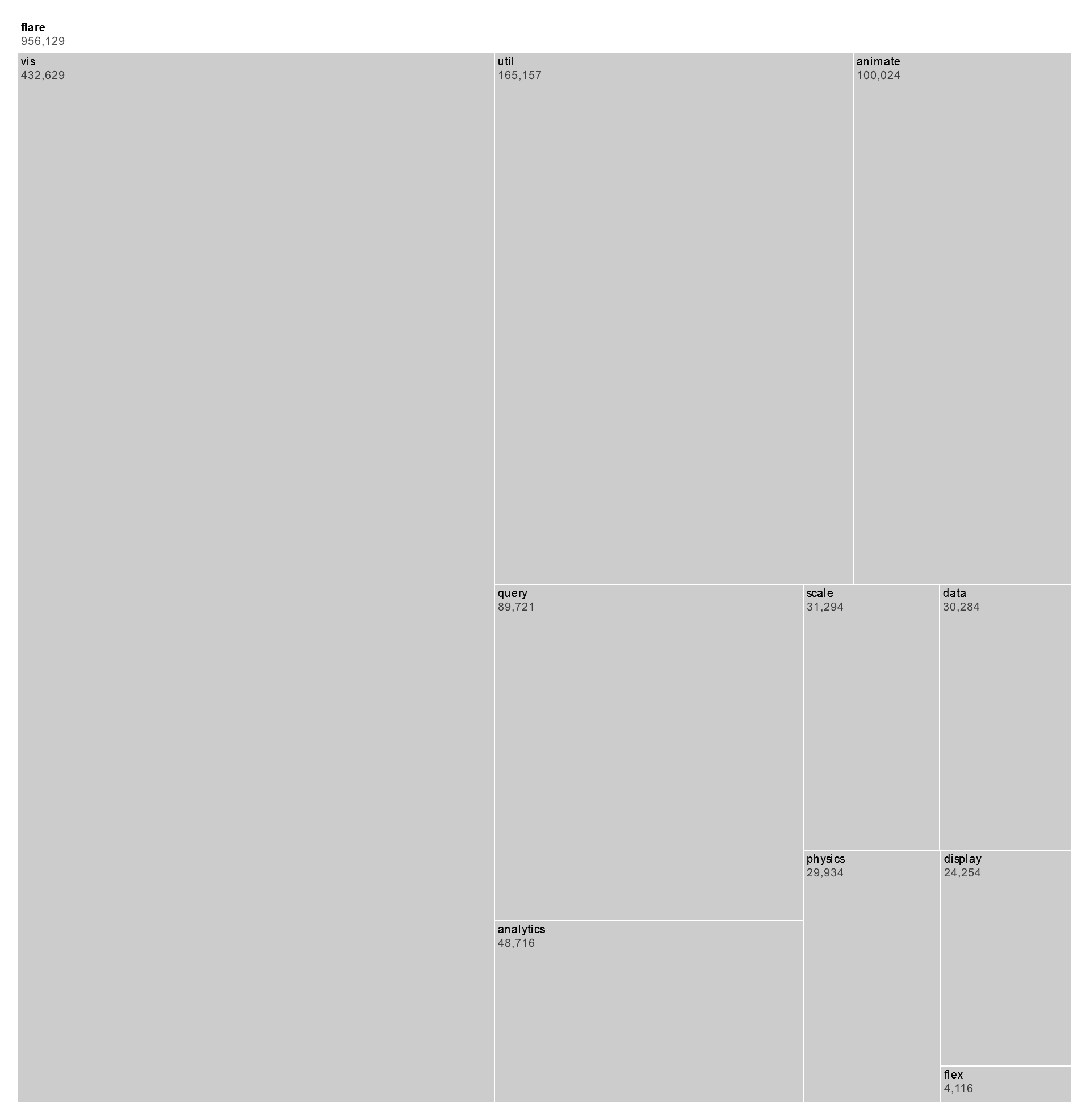
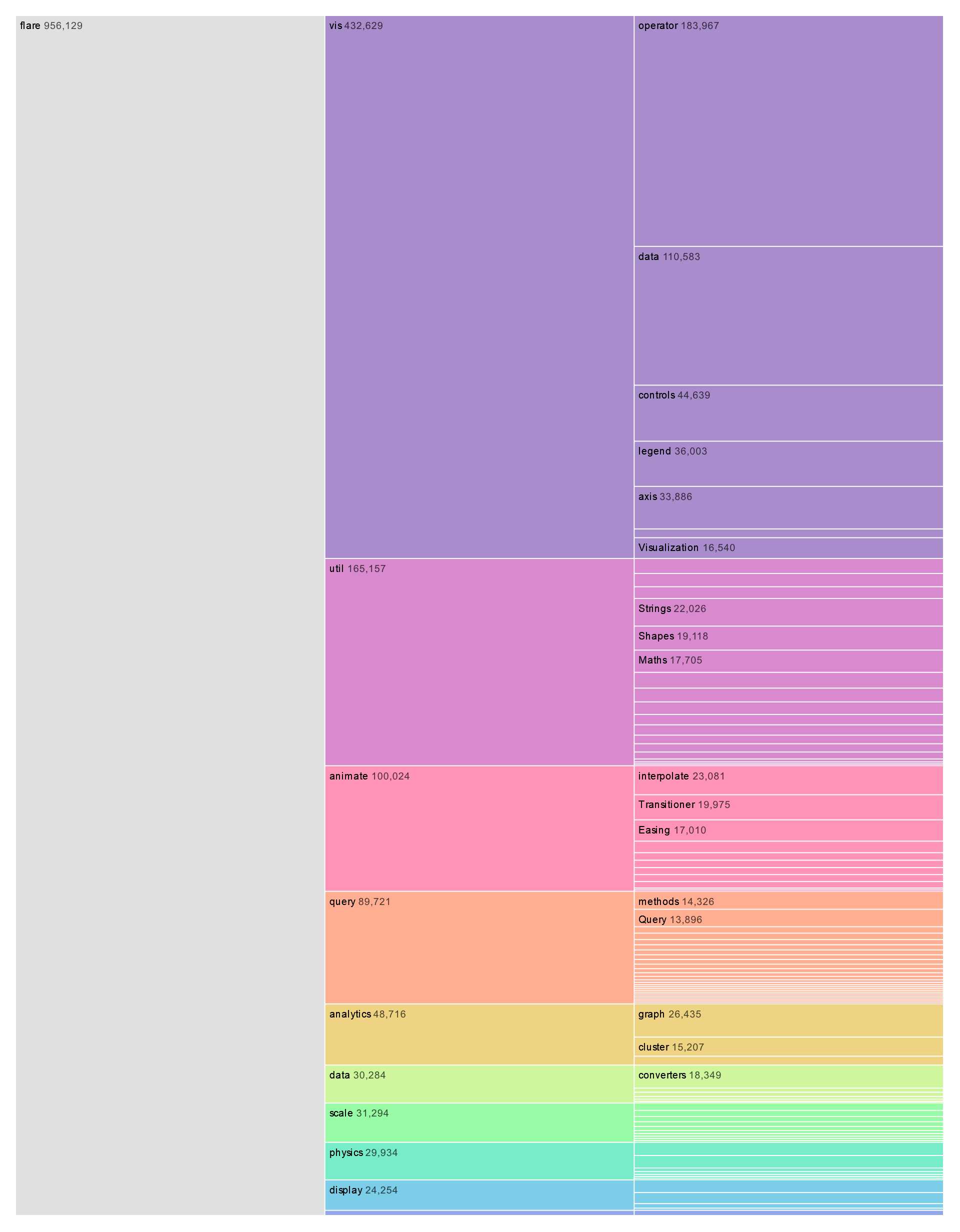

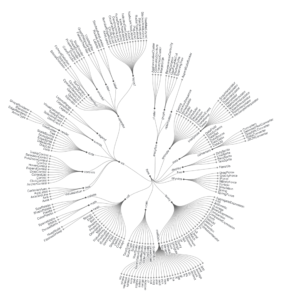
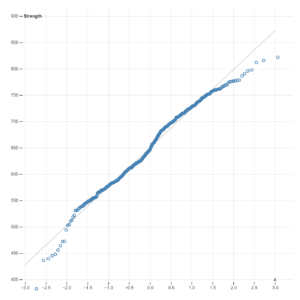
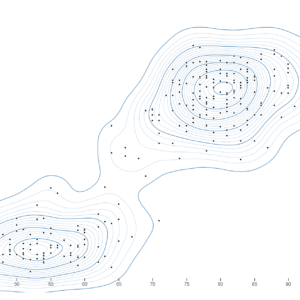
Reviews
There are no reviews yet.